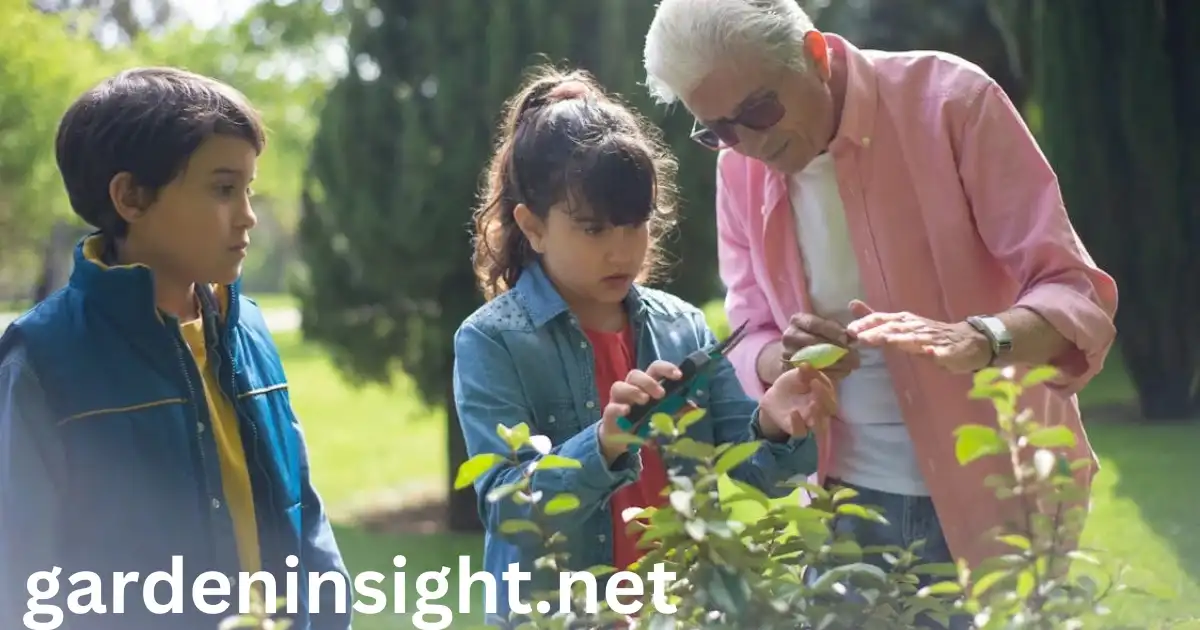To start garden is a fulfilling hobby that brings you closer to nature and offers the joy of watching plants grow. With the right guidance, even beginners can create a beautiful and thriving garden.
This guide covers essential steps and tips on how to start gardening, including the best plants to grow, tools you’ll need, and how to avoid common gardening mistakes.
Benefits of Gardening for Beginners
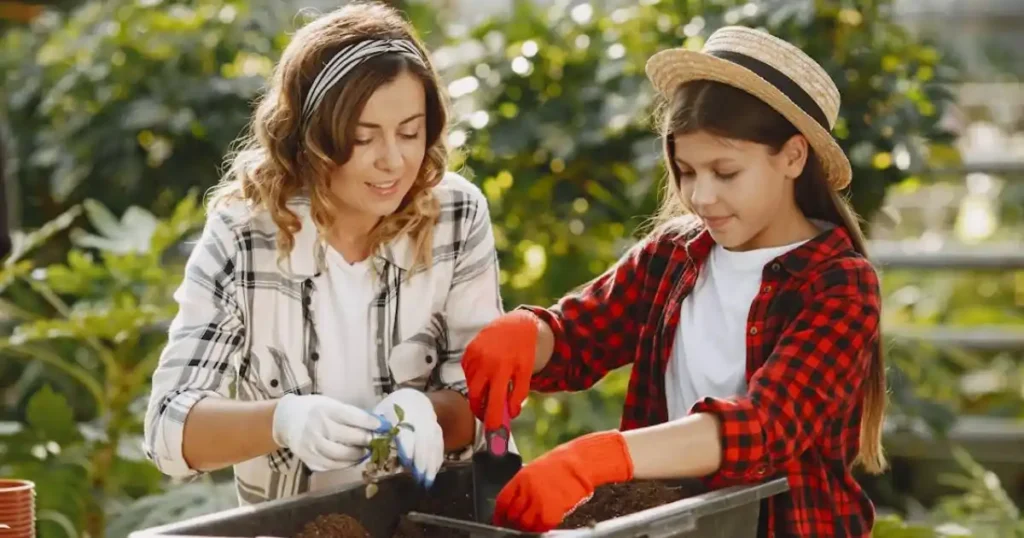
Starting gardening offers countless rewards, including stress relief, physical activity, and the joy of growing your own plants. When you start gardening, you not only enhance your outdoor space but also support local ecosystems by attracting pollinators.
To start gardening successfully, taking a few simple steps can make all the difference. If you’re ready to start gardening, begin with easy-to-grow plants and work your way up. Start gardening with a small area to build confidence, then expand as you learn. Each time you start gardening, you’ll discover new ways to enjoy this fulfilling hobby. Start gardening today and watch how it transforms your life and environment!
Beginner Gardening Tips
Here are some foundational tips to build your confidence to start gardening:
- Start Small: Begin with a small garden area to make it manageable.
- Learn Basic Plant Care: Understand how much water, sunlight, and nutrients your plants need.
- Observe Your Garden Daily: Regular observation helps you notice any issues early.
- Choose Easy Plants: Start with plants that are easy to grow, such as herbs and leafy greens.
Essential Tools To Start Gardening
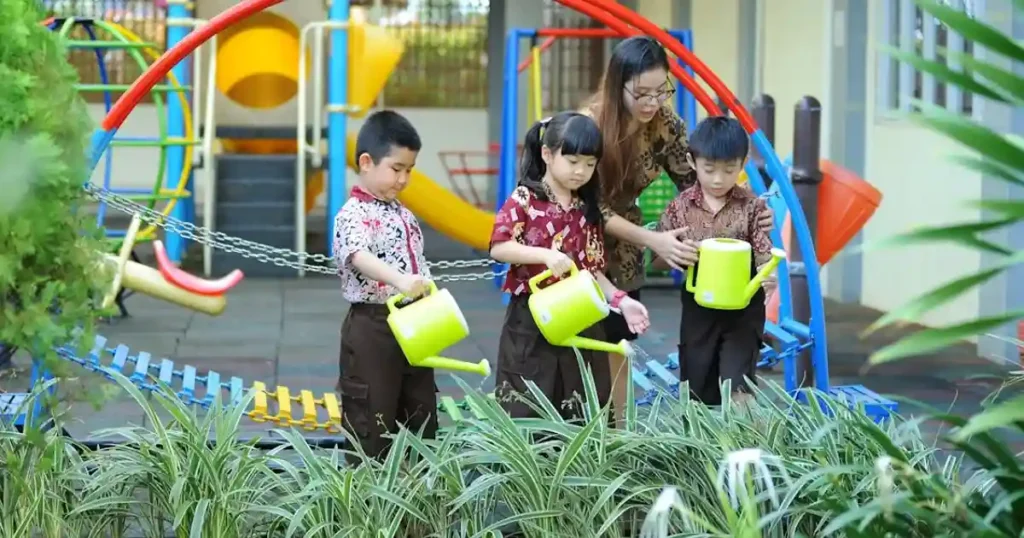
Having the right tools can make gardening easier and more enjoyable. Here are some basic tools that every beginner gardener should have:
| Tool | Purpose |
|---|---|
| Trowel | Digging small holes and planting |
| Pruning Shears | Trimming plants and removing dead leaves |
| Watering Can | Watering plants with ease |
| Garden Gloves | Protects hands from dirt and thorns |
| Rake | Clearing debris and leveling soil |
Steps to Prepare Soil for Gardening
Soil preparation is one of the most important steps in order to start gardening. Healthy soil provides the foundation for plant growth. Here’s a simple guide on how to get start gardening:
- Clear the Area: Remove any weeds, rocks, or debris from the planting area.
- Loosen the Soil: Use a rake or garden fork to break up compacted soil.
- Add Organic Matter: Mix in compost or other organic materials to enrich the soil with nutrients.
- Check Soil pH: Test your soil’s pH to determine if you need to add any amendments.
- Water the Soil: Lightly water the soil before planting to ensure it is evenly moist.
These steps will create a nutrient-rich environment that supports plant growth, making it easier for your garden to thrive.
How to Choose Plants In Order To Start Gardening
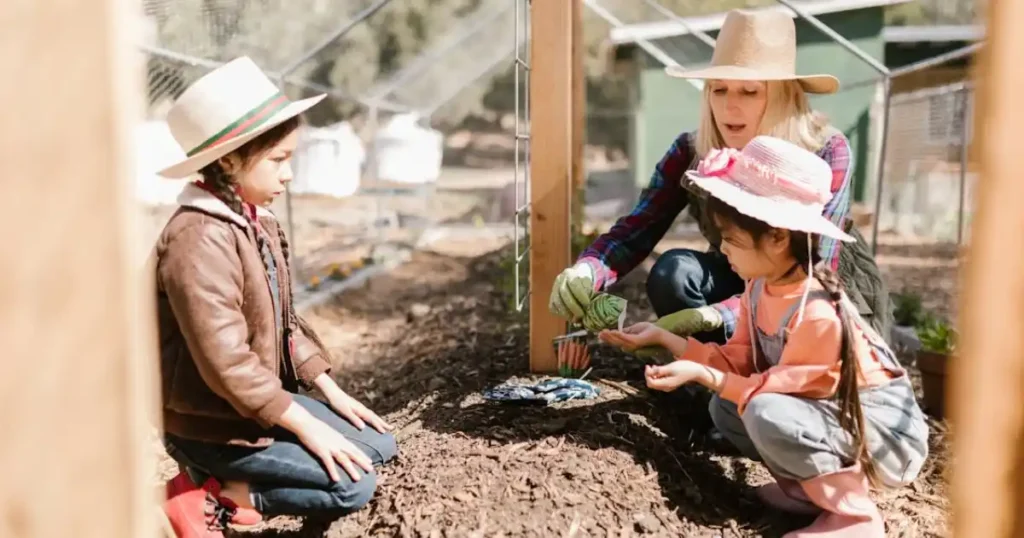
Selecting the right plants is crucial, especially for beginners. Choose plants that are suitable for your climate, soil type, and the amount of sunlight available in your garden.
- Consider Local Climate: Opt for plants that thrive in your region.
- Check Sunlight Requirements: Choose plants based on the sunlight in your garden area.
- Start with Low-Maintenance Plants: Beginners can try herbs, leafy greens, and succulents.
- Look for Disease-Resistant Varieties: These plants are easier to care for and less prone to common gardening issues.
Following these steps will make it easier to create a vibrant and successful garden.
Easy Plants to Grow to Start Gardening
Choosing easy-to-grow plants can make your experience enjoyable to start gardening. Here are a few beginner-friendly options:
- Herbs: Basil, mint, and parsley are easy to grow and require minimal care.
- Lettuce and Spinach: These leafy greens grow quickly and don’t need much space.
- Tomatoes: Cherry tomatoes, in particular, are rewarding and simple to cultivate.
- Marigolds: These bright flowers are easy to grow and help repel pests.
- Radishes: These fast-growing vegetables are ideal for first-time gardeners.
Starting with these plants will boost your confidence as they are generally low-maintenance and grow quickly.
Easy Plants for Beginners: Problems & Solutions
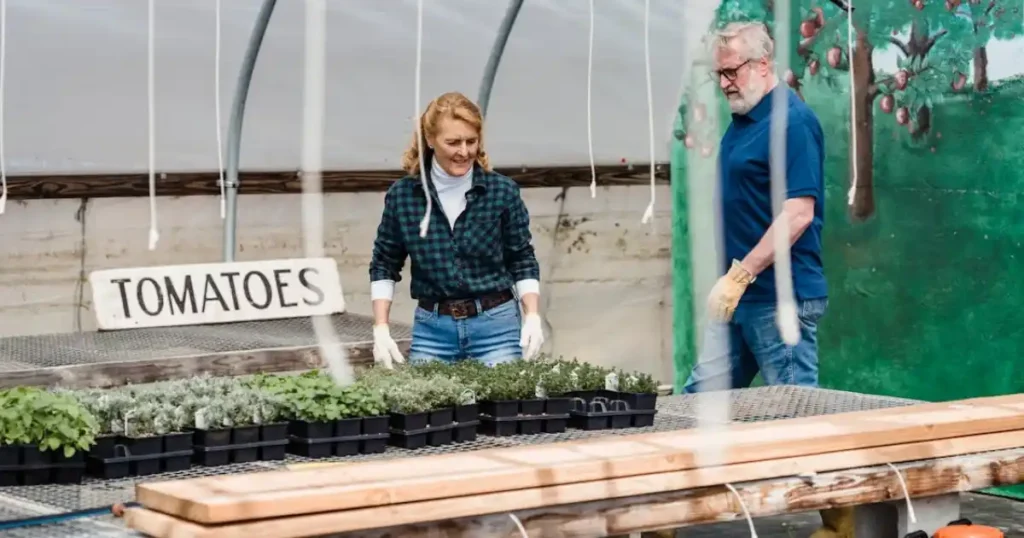
Here’s a helpful table showing easy plants to grow for beginners, along with common problems and possible solutions:
| Plants of choice for beginners | Possible Problems | Possible Solutions |
|---|---|---|
| Basil | Leaves turning yellow or wilting | Ensure adequate sunlight, avoid overwatering, and trim regularly. |
| Mint | Spreads uncontrollably | Plant in containers to control spread, prune frequently. |
| Lettuce | Leaves become bitter in hot weather | Grow in cooler seasons or provide shade during hot days. |
| Spinach | Bolts (flowers prematurely) | Plant in early spring or fall, keep soil consistently moist. |
| Tomatoes | Prone to pests like aphids or blight | Use organic insecticides, remove infected leaves, ensure airflow. |
| Marigolds | Fungal disease in damp weather | Water at the base of the plant, avoid overhead watering. |
| Radishes | Roots become woody or split | Harvest on time, avoid excess water, thin seedlings as they grow. |
| Green Beans | Leaves turn yellow or spotty | Use well-drained soil, avoid overwatering, and check for pests. |
| Carrots | Roots are stunted or deformed | Loosen soil before planting, avoid rocky soil, and space seeds well. |
Gardening Mistakes to Avoid
Avoiding common gardening mistakes can save time and effort. Here are some typical beginner mistakes and how to avoid them:
- Overwatering: Too much water can lead to root rot; water only when the soil feels dry.
- Incorrect Plant Placement: Placing shade-loving plants in full sun can stress them; be mindful of plant needs.
- Neglecting Soil Health: Skipping soil preparation may result in poor plant growth.
- Crowding Plants: Planting too closely limits airflow and can cause disease spread.
- Ignoring Seasonal Needs: Not all plants grow well in every season; plan based on your climate.
Avoiding these mistakes can make gardening a smoother and more enjoyable experience for beginners.
Seasonal Gardening Guide for Beginners
Gardening activities vary with each season. Here’s a quick seasonal guide to help you plan your gardening activities.
| Season | Activities |
|---|---|
| Spring | Start planting seeds indoors or outdoors, add compost |
| Summer | Focus on watering, weeding, and pest control |
| Fall | Harvest plants, prepare soil for winter |
| Winter | Plan for next season, protect perennials |
Conclusion
Starting gardening is a rewarding activity that can bring beauty, peace, and fresh produce to your home. When you start gardening with simple steps, you set yourself up for success. Choosing beginner-friendly plants can help you start gardening without feeling overwhelmed.
By using essential tools, you make it easier to start gardening and enjoy the process. As you start gardening, remember to avoid common mistakes that beginners often make. Following a seasonal guide can help you start gardening in harmony with nature’s cycles. If you start gardening with care, you’ll watch your plants thrive and experience the joy it brings. Start gardening today, and see how fulfilling it can be!
FAQs
How do I start gardening as a beginner?
To start gardening, begin with a small, manageable area and focus on easy-to-grow plants. Prepare your soil, get basic tools, and observe your plants regularly. Start with herbs, leafy greens, or flowers that require minimal care.
What are the best gardening tools for beginners?
Essential tools for beginners include a trowel, pruning shears, a watering can, garden gloves, and a rake. These tools will help you handle common gardening tasks without much difficulty.
Which plants are easiest for beginners to grow?
Beginner-friendly plants include herbs like basil and mint, vegetables like lettuce and tomatoes, and flowers such as marigolds. These plants are relatively low-maintenance and provide quick results.
How should I prepare the soil to start gardening?
Prepare soil by clearing debris, loosening it, adding organic matter like compost, and checking the pH. Water the soil lightly before planting to ensure it is moist and ready for plants.
What are the most common mistakes in order to start gardening?
Common mistakes include overwatering, planting in the wrong sunlight conditions, neglecting soil preparation, crowding plants, and ignoring seasonal needs. Understanding these can help you avoid setbacks.
